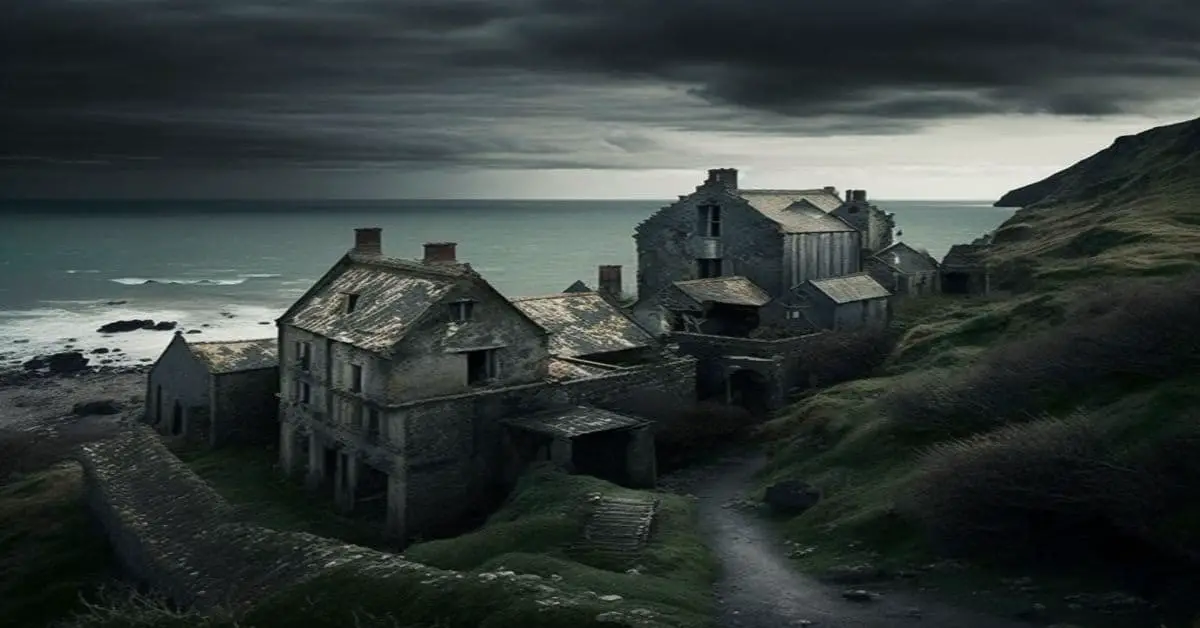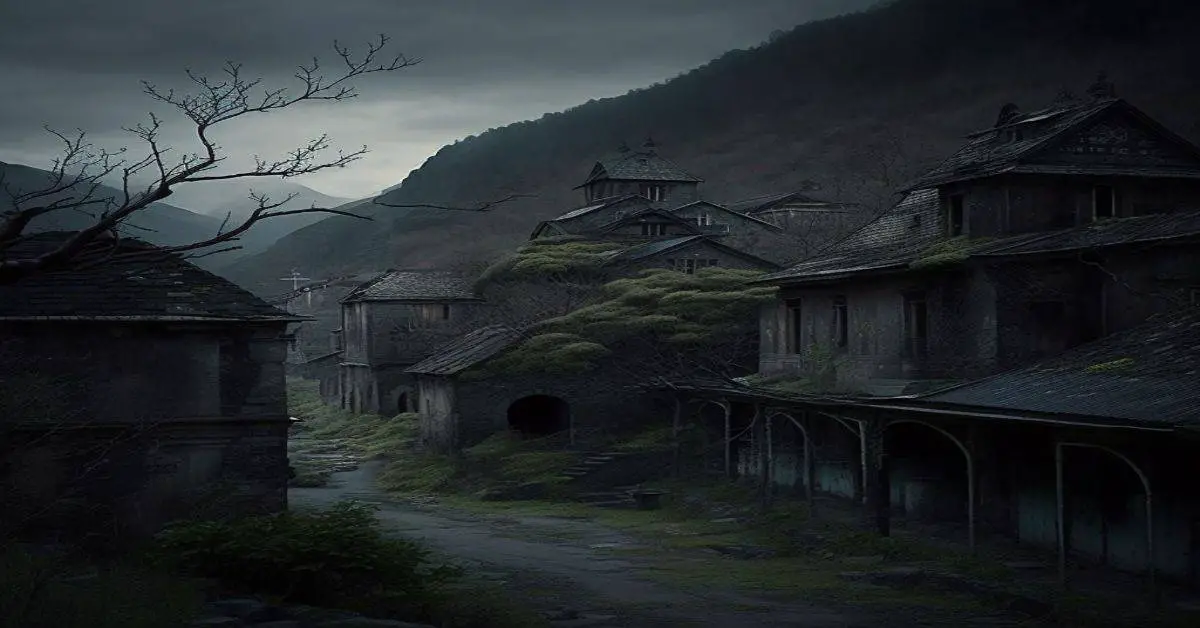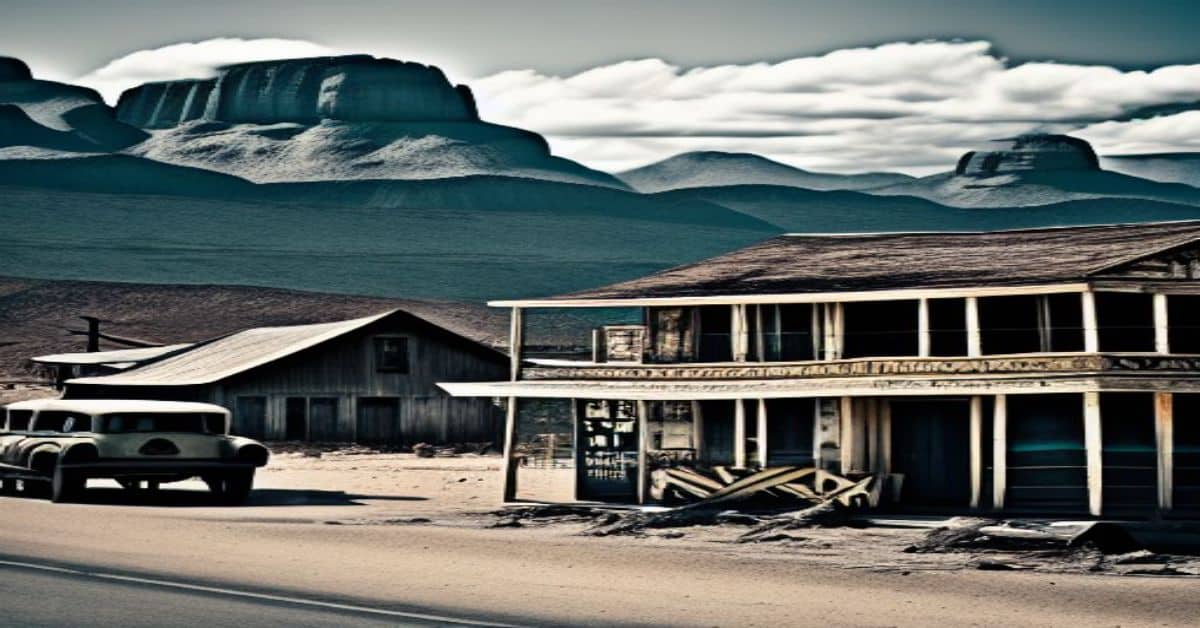Imagine stepping back in time to the days of the Old West, where the sound of horse hooves and the sight of adobe buildings were commonplace. One such place that offers this experience is Rayado Ghost Town in New Mexico.
Founded in 1848 by Lucien Maxwell, a prominent land baron, Rayado was once a stop along the Santa Fe Trail and has since been restored to its former glory by the Boy Scouts of America. This ghost town predates most of the other ghost towns in the area, offering a unique glimpse into the history of the Old West.
Visitors can explore the town’s reddish adobe buildings, including a stagecoach stop, store, and accommodations for stage passengers while being led by scout leaders dressed in period costumes. Rayado is not just a tourist attraction but a testament to the past and an opportunity to learn about the region’s rich history.
In this article, we will delve into the history of Rayado Ghost Town, the restoration and preservation efforts that have been made, and its current status as a must-visit destination for history buffs and travelers alike.
Key Takeaways
- Rayado Ghost Town offers an authentic experience of the Old West, predating most of the other ghost towns in the area.
- Buildings have been restored by the Boy Scouts of America, including an 1860 stagecoach stop, store, and accommodations for stage passengers.
- Despite challenges such as frequent Indian attacks, Rayado became an important waypoint for travelers and its preservation and restoration efforts have resulted in an authentic representation of early settlement.
- Visiting Rayado today with scout leaders dressed in period costumes provides a chance to experience the history of the American West, with no current plans for further development ensuring its authenticity as a New Mexico ghost town for future generations.
History and Establishment
Reyado, founded by Lucien Maxwell in 1848 as a stagecoach and wagon stop along the Santa Fe Trail, preceded most of the ghost towns in the area and was the first settlement located east of the Sangre de Cristo Mountains.
Despite its strategic location, life in early Reyado was risky due to frequent Indian attacks. However, as the town grew and more settlers arrived, the attacks eventually slowed down, paving the way for the establishment of Cimarron to the north in 1857.
Lucien Maxwell played a significant role in the establishment of Reyado. As a land baron, he recognized the town’s importance as a stop for travelers along the Santa Fe Trail. Maxwell’s vision and investment in the town laid the foundation for its growth and development.
Despite the challenges faced by early settlers, Reyado’s strategic location and Maxwell’s influence helped it become an important waypoint for travelers and a vital part of New Mexico’s history.
Restoration and Preservation
The preservation and restoration efforts of the adobe buildings in this historic settlement have resulted in an authentic representation of life during the region’s early settlement.
The Boy Scouts of America, who now own the Philmont Scout Ranch on which Reyado is located, have taken on maintaining the settlement traditions.
Scout leaders, dressed in period costumes, lead visitors through the adobe hacienda, providing a glimpse into life in the 19th century.
The involvement of the Scouts in the restoration and preservation of Reyado is a testament to their commitment to preserving history and heritage.
The buildings, restored from the two original survived rooms, include the 1860 stagecoach stop, store, and accommodations for stage passengers.
Visitors to Reyado can fully immerse themselves in the history of the region, thanks to the dedication and hard work of the Scouts in maintaining this unique piece of American history.
Current Status
Despite its historical significance as one of the first settlements in the area, Reyado today is considered a ghost town. However, the Boy Scouts of America has fully and authentically restored the town on the Philmont Scout Ranch property.
Scout leaders dressed in period costumes lead visitors through Reyado’s adobe hacienda, which includes the two original rooms that survived and neighboring buildings such as the 1860 stagecoach stop, store, and accommodations for stage passengers.
Visiting Reyado today offers a glimpse into the past and a chance to experience the history of the American West. While there are no current plans for further development of the town, its restoration and preservation ensure that future generations can continue to explore the authenticity of Reyado as a New Mexico ghost town.
Frequently Asked Questions
What was the population of Reyado at its peak?
According to historical records, no available population statistic exists for Reyado at its peak. However, it is known that the town served as a stagecoach and wagon stop along the Santa Fe Trail and was home to a diverse demographic makeup of settlers.
Are there any famous historical figures associated with Reyado?
Who are the famous figures associated with Reyado? Reyado, founded by Lucien Maxwell, was the region’s first settlement east of the Rockies. Its historical significance and impact on the area make it an important destination for visitors.
What kind of businesses and industries did Reyado have in its early days?
In its early days, Rayado had businesses and industries centered around agriculture and ranching. These industries had a significant economic impact on the local culture, contributing to the growth and development of the town.
Are there any ghost stories or paranormal activity associated with Reyado?
Haunted tales and local legends abound in Reyado. Some visitors have reported supernatural sightings, including ghostly apparitions and unexplained noises. Despite its fully restored and authentic appearance, Reyado remains a popular spot for those interested in the paranormal.
Can visitors stay overnight in Reyado or nearby accommodations?
Accommodation options near Rayado Ghost Town are limited. Visitors can stay at nearby Cimarron, which offers several lodging options. Nearby attractions include the Philmont Scout Ranch, the St. James Hotel, and the Cimarron Canyon State Park.


